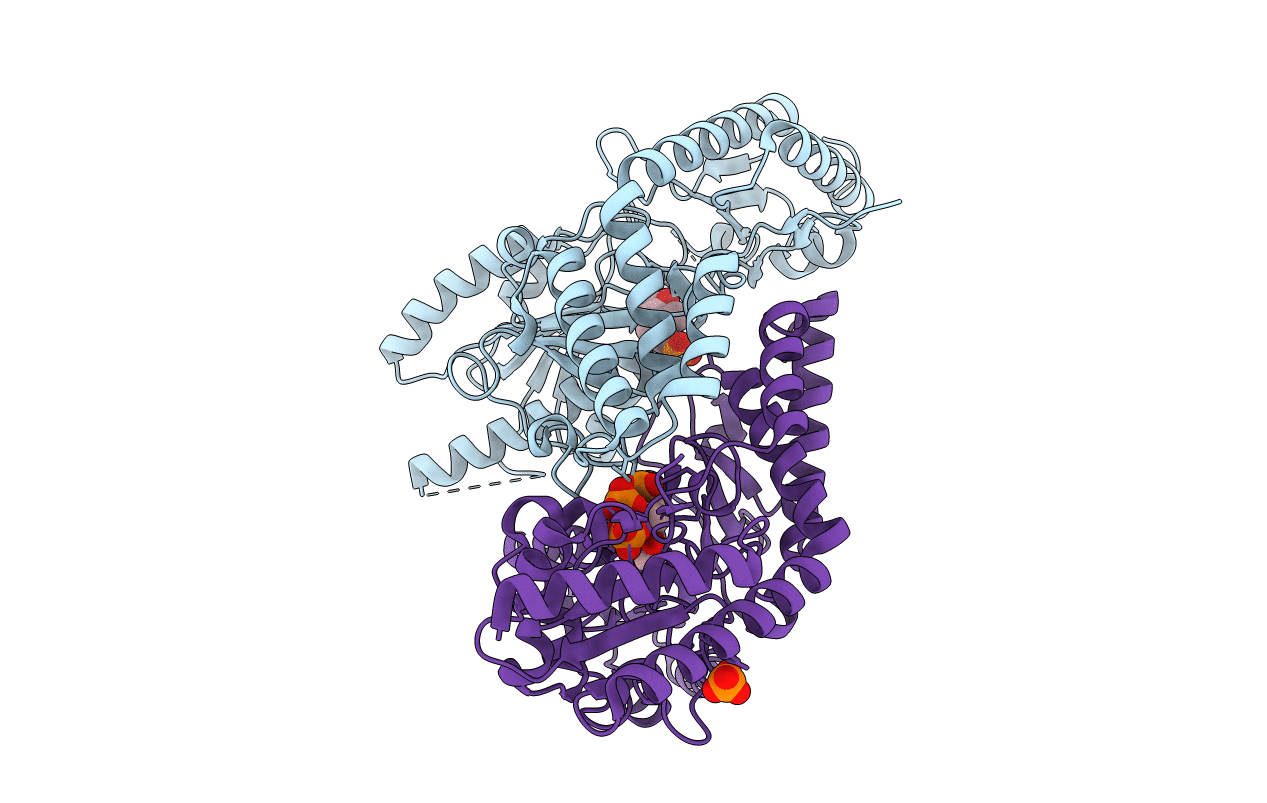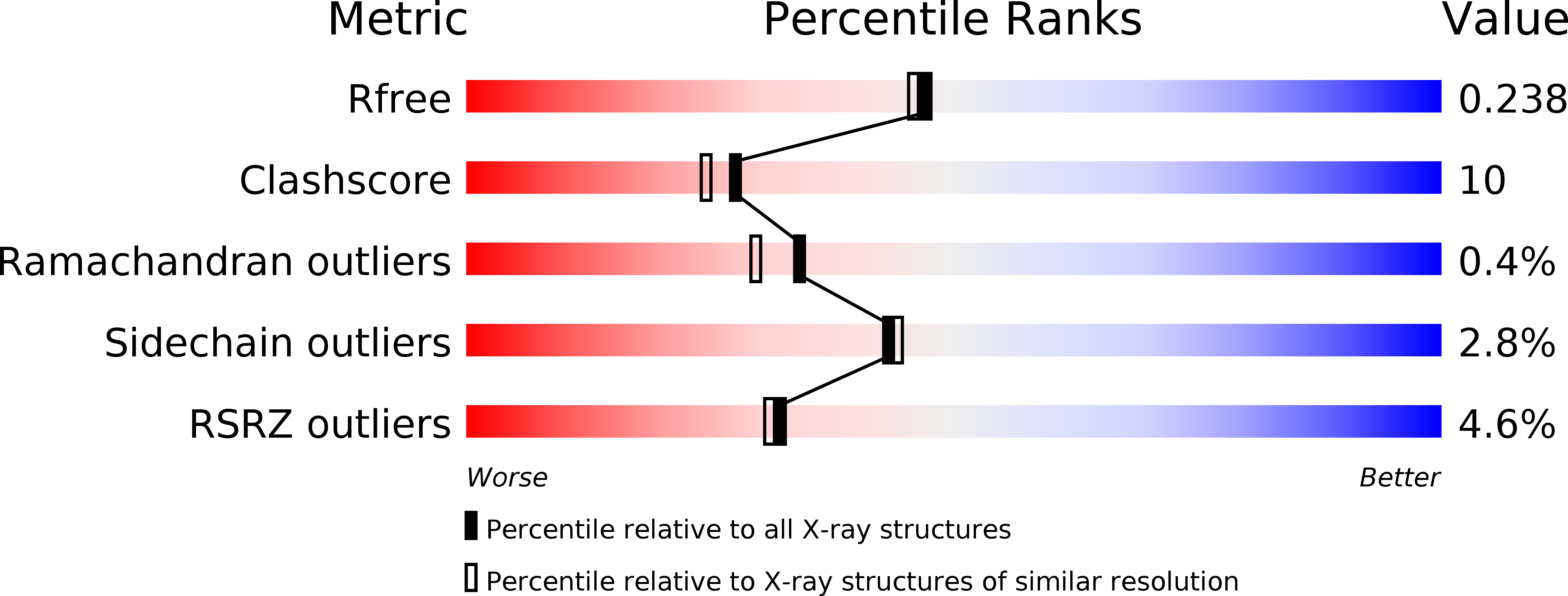
Deposition Date
2009-11-08
Release Date
2010-03-16
Last Version Date
2025-03-26
Method Details:
Experimental Method:
Resolution:
2.00 Å
R-Value Free:
0.23
R-Value Work:
0.19
Space Group:
P 21 21 21


